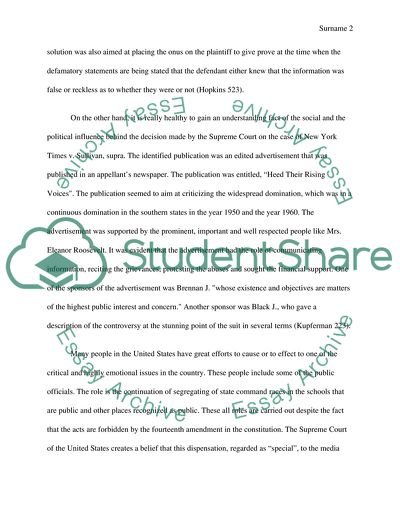Cite this document
(Actual Malice Rule Coursework Example | Topics and Well Written Essays - 1500 words, n.d.)
Actual Malice Rule Coursework Example | Topics and Well Written Essays - 1500 words. https://studentshare.org/law/1818188-journalism-law
Actual Malice Rule Coursework Example | Topics and Well Written Essays - 1500 words. https://studentshare.org/law/1818188-journalism-law
(Actual Malice Rule Coursework Example | Topics and Well Written Essays - 1500 Words)
Actual Malice Rule Coursework Example | Topics and Well Written Essays - 1500 Words. https://studentshare.org/law/1818188-journalism-law.
Actual Malice Rule Coursework Example | Topics and Well Written Essays - 1500 Words. https://studentshare.org/law/1818188-journalism-law.
“Actual Malice Rule Coursework Example | Topics and Well Written Essays - 1500 Words”. https://studentshare.org/law/1818188-journalism-law.


